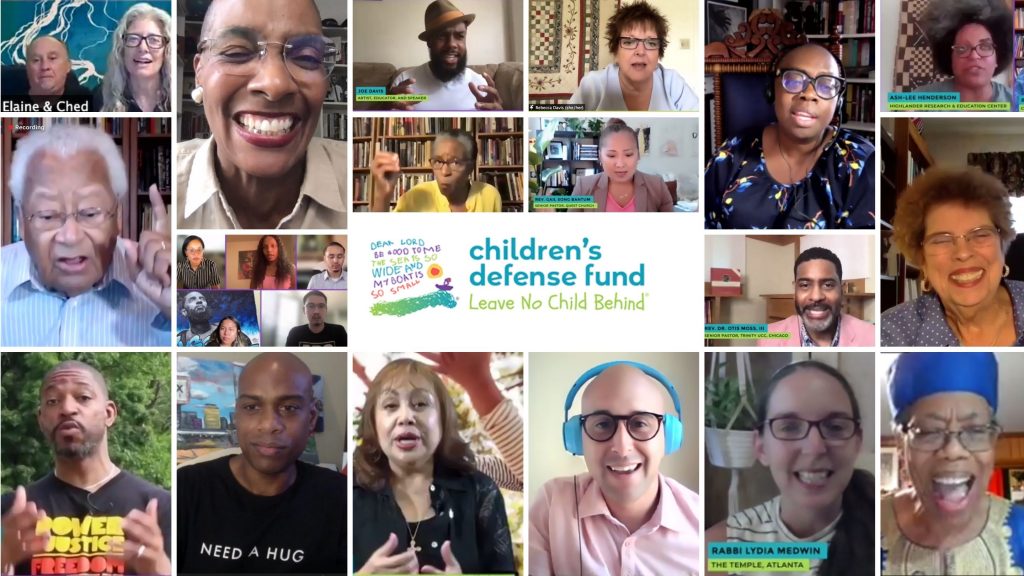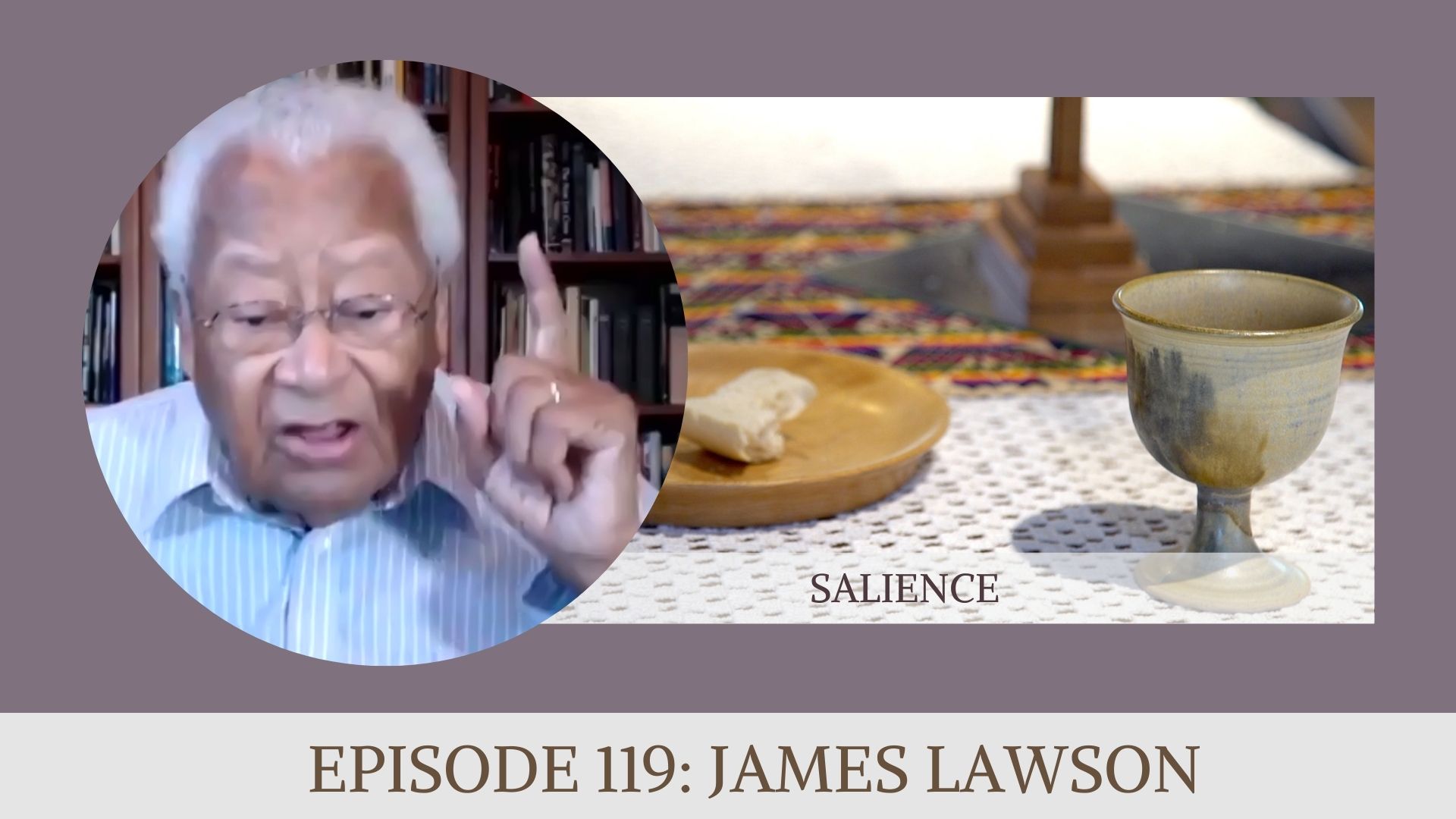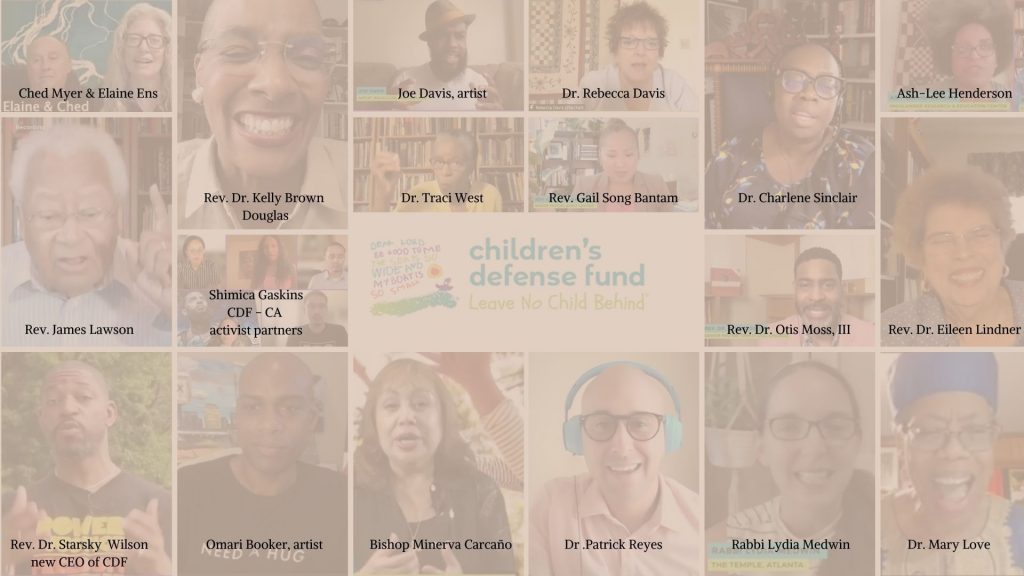This week we want to talk about salience and how James Lawson is an exemplar, but first a new movie!
When Luca tries to ride a bike for the first time, he does not know where to focus or how to even begin. He has seen others ride, but that doesn’t help him in this moment. His friend Gulia finally gives him some good advice…
. . . She tells him where to put his attention. “Eyes up!”
Knowing where to place one’s attention is a deeply challenging aspect of learning any new practice. From chess to piano, to tennis, to raising a child, figuring out where to place one’s attention does not come automatically. Or easily.
I like to compare learning the practice of ministry to riding a bike. In the beginning most of us looked a lot like Luca! Wobbling, unsure, about to fall. Salience is the concept we use in the LPI project to talk about learning how to keep the right things in the foreground and what to leave in the background. The concept captures the steep curve of learning something (almost anything) new.
When you are new to the practice of ministry, seeing what is salient in a situation is challenging. Sometimes you pay attention to the wrong things and sometimes you miss something big or important in the moment. Even when you are a seasoned minister, entering into a new situation can make salience quite hard. (More about Salience.)
Eyes up!
Salience | video | blog | podcast
Salience in Child Advocacy

Last week I had an intense and profound experience. I encountered ministers, educators, and activists who embody a clear and undeniable sense of salience about the significance of children’s lives.**
I attended the Children’s Defense Fund annual Samuel DeWitt Proctor Institute. Usually this event is held at the Alex Haley Farm in Clinton, Tennessee, a beautiful space acquired years ago by Dr. Marian Wright Edelman. However, out of an abundance of caution, the majority of us attended the sessions online. A few of the key leaders were at the farm and it was good to see them in that space.
Most of the speakers and session leaders joined us from their homes and offices around the U.S. and Canada. One of the moments of salience that is emerging in North America, is the significance of “Land Acknowledgement.” At Proctor this week we discussed and practiced the importance of acknowledge the land on which we live and work and worship and advocate.
Gathering virtually gives us the illusion that we are nowhere, everywhere, or in some virtual ether. Yet each person is standing, sitting or moving on the earth itself. And those actual locations need and deserve our deep historic understanding. Land acknowledgement gives attention to what was important in the past. It also points us to the ongoing grief and harms of the present. And if we are to keep from destroying this resilient yet very fragile planet, we need to understand where we are. (See my land acknowledgement to the right –> or below!) If we are in fact to leave any kind of an inheritance for our children, we need to know where we are and how it makes us who we are.
Eyes up!
Learning and practice with
Rev. James Lawson
Minister, activist, mentor, and master practitioner of salience, Rev. James Lawson is the brilliant mind, trainer. and organizer of many nonviolent protests during the Civil Rights movement in the 1960s and 70s. He enrolled at Vanderbilt Divinity School in 1960. Rev. Lawson trained Nashville students, including Kelly Miller Smith, Diane Nash, John Lewis, and others in nonviolence strategies for change. Rev. Lawson led the Nashville contingent to attend and become vocal founders and leaders of the Student Nonviolent Coordinating Committee (SNCC).
In Nashville, Lawson led the direct action which desegregated lunch counters through a long season of sit-ins, arrests, and marches. In this work, Rev. Lawson’s reputation and influence grew. Eventually the Board of Trustees and administration at Vanderbilt University expelled him from the Divinity School. A dozen faculty and the Divinity School dean resigned in protest. Eventually he was offered the chance to return, but choose Boston University instead. Rev. Lawson continued a career of ministry and activism in Los Angeles as a pastor and organizer from 1974 to his retirement in 1999.
In 2006 Rev. Lawson returned to Vanderbilt as a distinguished university professor. Last month VDS named a new center for nonviolence research and training in Rev. Lawson’s honor. Last week he offered his gifts and wisdom and imagination to those of us gathered at the CDF – Proctor Institute.
Understanding history with a sense of salience
One of thee most stunning statements that Rev. Lawson made in the workshop he led was about the music composed and sung by enslaved people. Starting in the seventeenth century, people brought to the British colonies of North America from the African continent were in an impossible and unimaginable situation. However, says Rev. Lawson, “the music of the slave is the first non-violent resistance to slavery in the country.”
He described a book on his shelf entitled “Black Song” that includes over 8000 lines of what is popularly called “the negro spiritual.” (There are several books by that title.) Enslaved people composed and sang many more songs than we will ever know. By those songs, Rev. Lawson argues, they were saying:
“We are not slaves. We are children of God.”
The resistance grew into escape routes knowing as the “underground railroad” mostly northward as the colonies formed into the United States. However, the escape routes took many directions and the “first lines of resistance to slavery was by the slaves in their music.” He described the ways the songs of this period always used symbols and represented the people’s own “organization of their lives.” The spirituals say:
“We are not slaves, and we are not going to stay here very long!”
The music written and sung by slaves embodied freedom and enacted resistance even as the songs pointed to the pathways for escape. Enslaved people saw with precise clarity the truth of their lives in spite of all conditions to the contrary. Rev. Lawson points with clarity and salience to the nonviolent resistance and impulse to self-determination and freedom rooted deeply in the people who survived slavery.
Eyes up!
"The music of the slave is the FIRST non-violent resistance to slavery in the country. By their songs they said 'I am not defined by slavery.'"
– my organization.
– my life.
– I'm not staying here long!~Rev. Dr. James Lawson @ChildDefender #proctor2021 @VUDivinity pic.twitter.com/aQTp7OmGY4
— Eileen Campbell-Reed #BlackLivesMatter (@ecampbellreed) July 22, 2021
Acting nonviolently requires a sense of salience
Rev. Lawson shared with us the power of changing the world using the principles of nonviolence. He talked to us about resistance and using the laws to change the laws, and doing the work with direct, disciplined, and physically demanding action.
“We saw a wrong, and with our bodies we went into a situation to correct it,” said Lawson in a 2013 interview.
Last week he urged us to keep making change nonviolently we need tens of thousands of protests and campaigns, organized and aimed with clarity. Like the ones we saw last summer that were widespread and largely nonviolent. Most of the violence in the summer of 2020 was instigated by people outside of the organized protests. We need to learn and teach this history and achievements of nonviolence and we need to learn to live nonviolently in all aspects of our lives. Then we won’t have to ask, What do we need to do? We will know.
Eyes up!
Listening with salience leads to better understanding
Rev. Lawson told us about his first foray into organizing in the late 1940s at his university. An African student said he could not get a haircut anywhere in Berea, Ohio. So Lawson and his white roommate (also named Jim) decided to investigate. They started with in informal survey. They learned first that there were five barber shops in town.
In the afternoons, they would go to the barbershops. Lawson would walk in first. Then a few minutes later his roommate Jim would walk in. The initial three shops absolutely refused to cut Lawson’s hair. However, the fourth barber had an empty chair when Lawson arrived. The barber gestured Lawson to his chair and gave him a cut.
They not only found the willing barber, they asked their friends and church members to use that barber. Lawson and his friends were part of a multi-race, multi-religious, multicultural fraternity. They also started using only that barber. It seemed impossible, but a little investigative listening followed by some story sharing made the change reality.
Eyes up!
Rev. Lawson concluded the story by telling us: “You should become a non-violent practitioner. Use the gift of your life and the power of love, the power of mind, soul and capacity to practice non-violent living. Use your soul-force — love-force — God-force. Allow it to convert you and transform you.”
That is putting your attention on what is important. Salience. Eyes up!
++++++++++
Join me over on Instagram!
**These images all came from screenshots made during the zoom gathering. If we gathered in person, I would have been snapping pictures from the third or fourth row. Zoom makes picture taking both better and worse!





